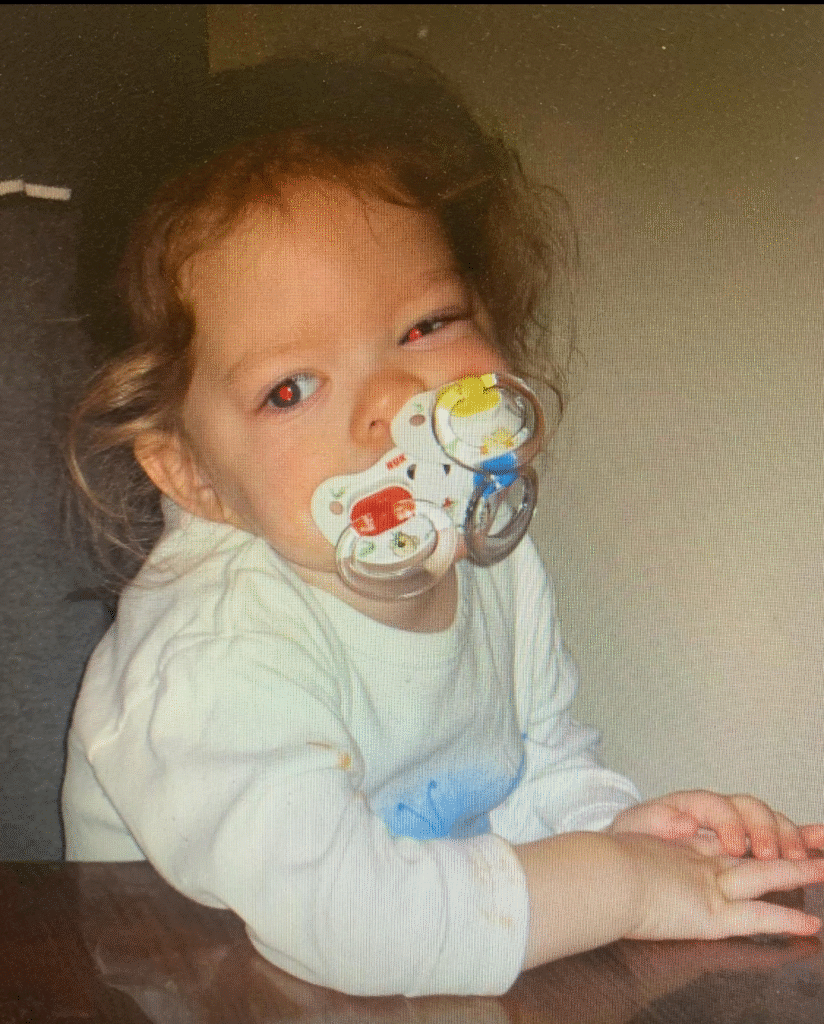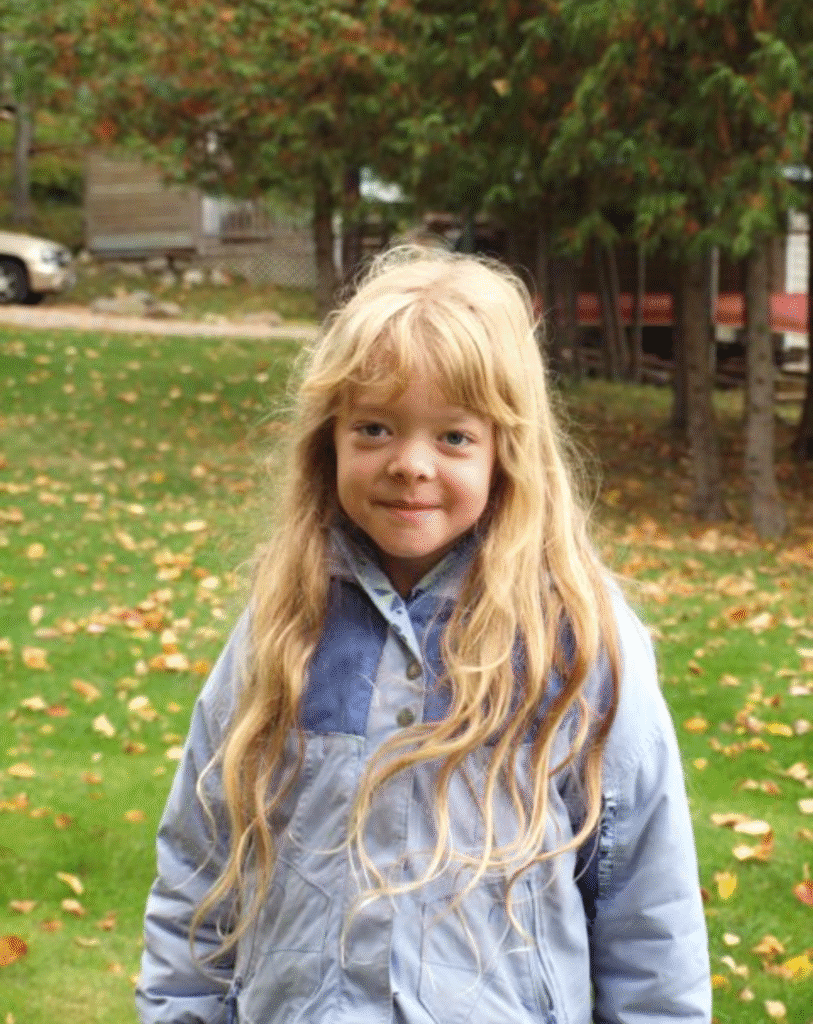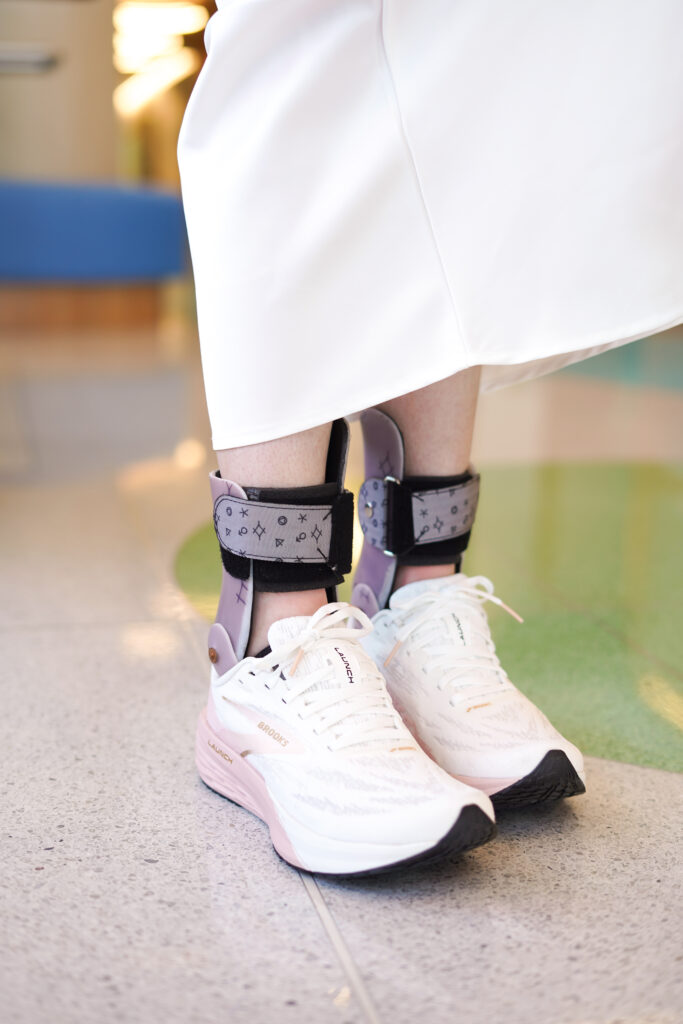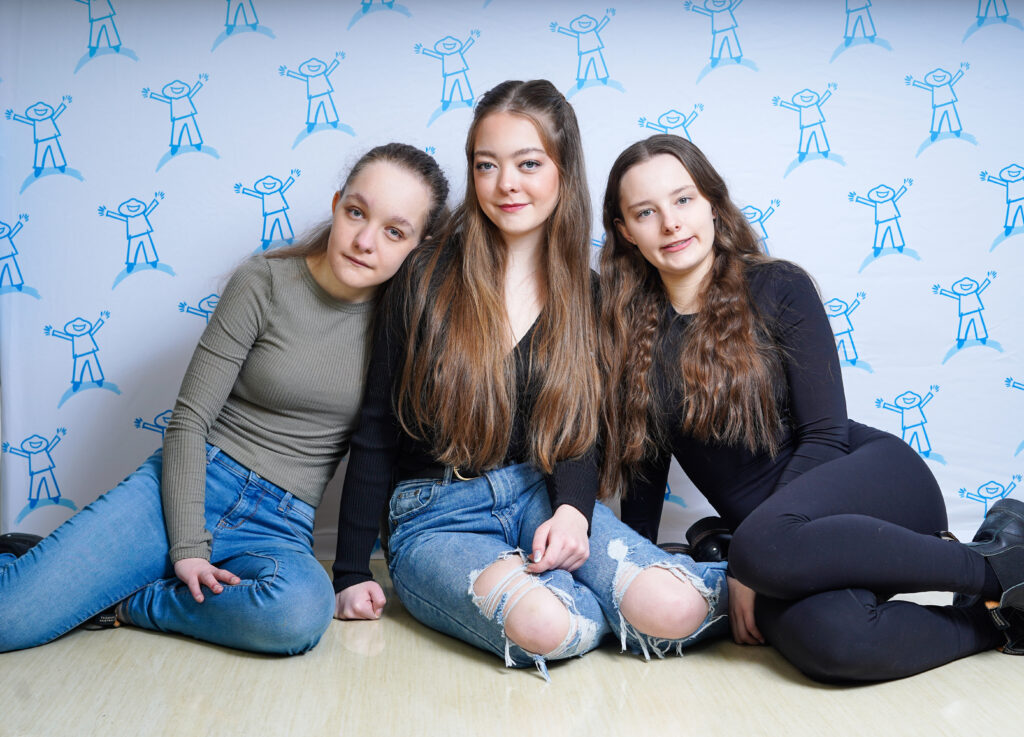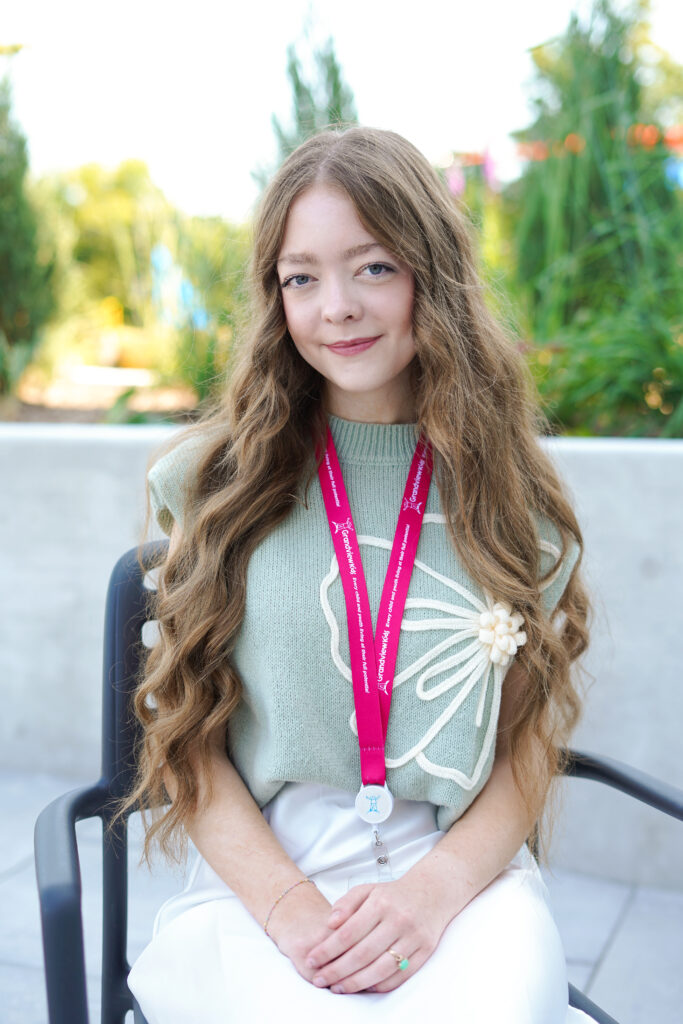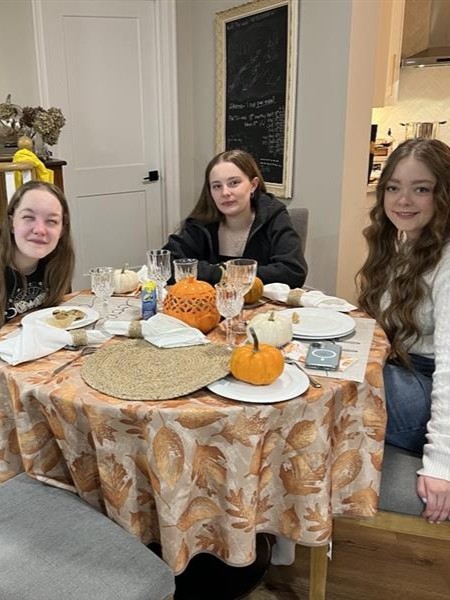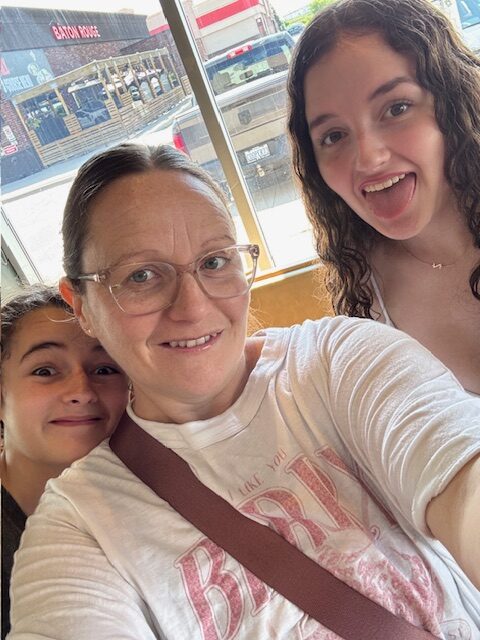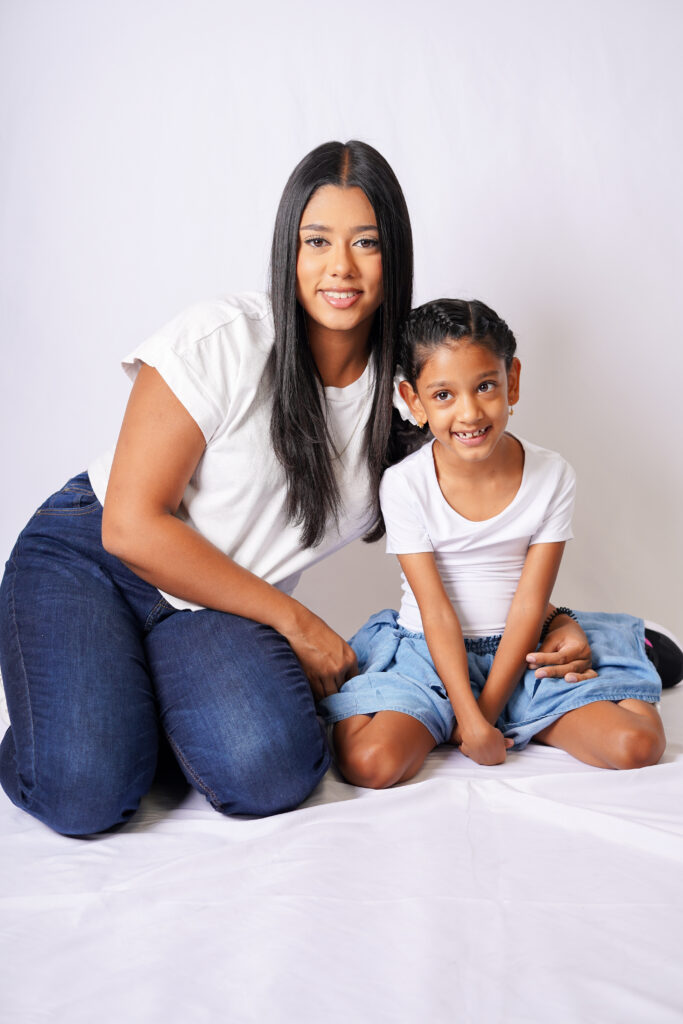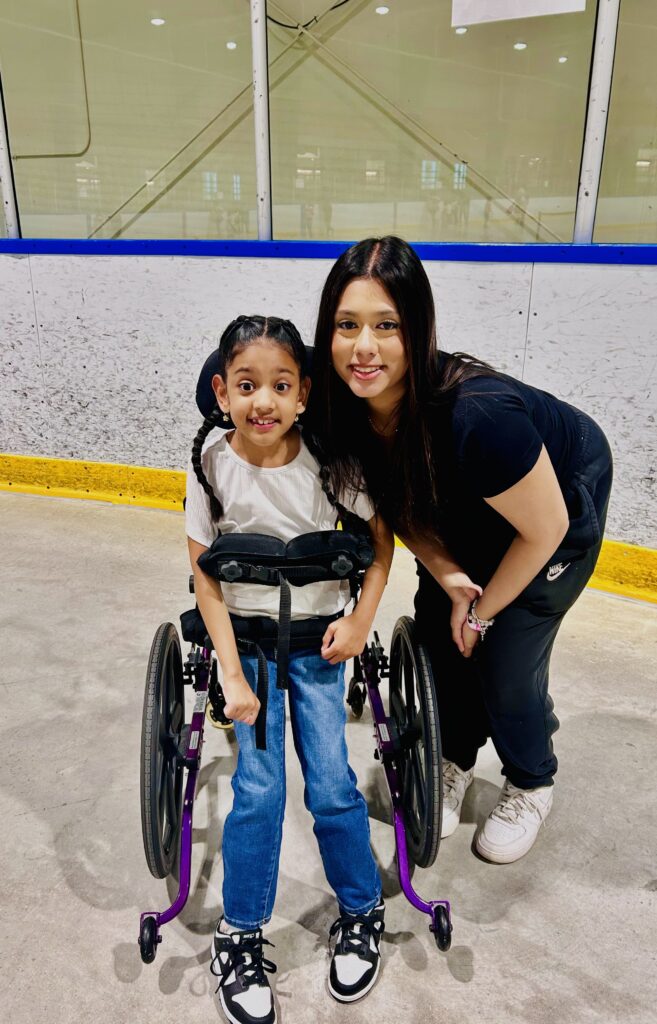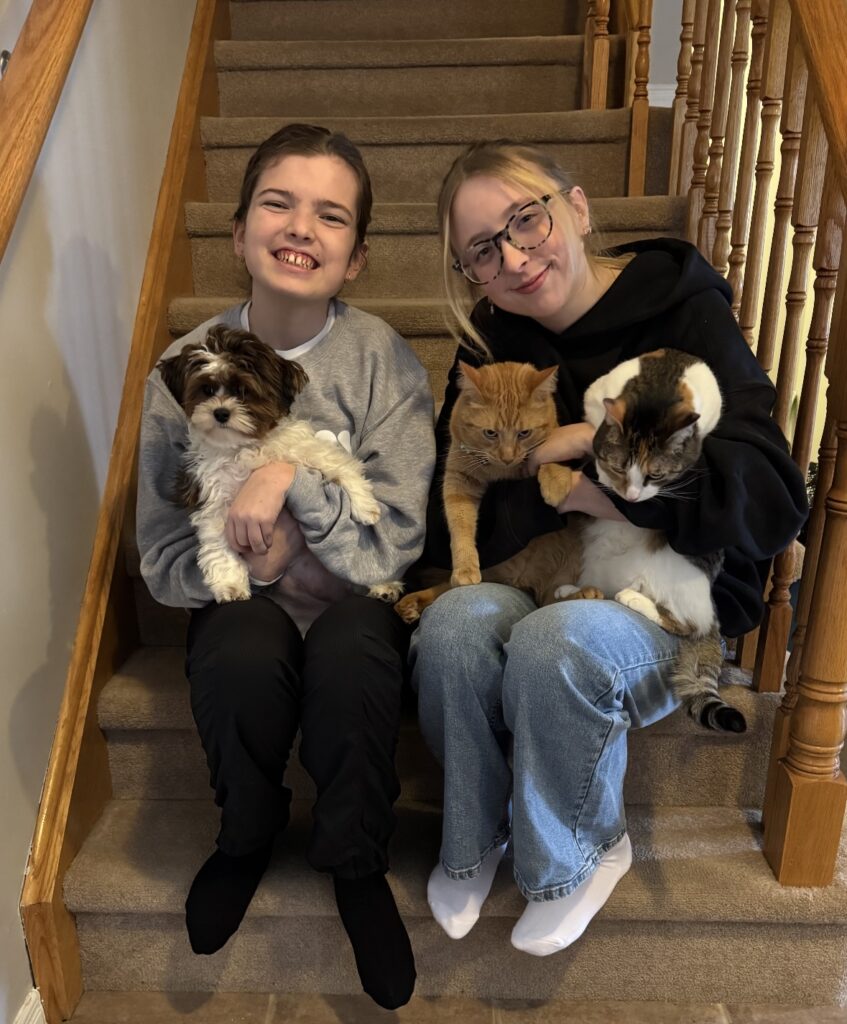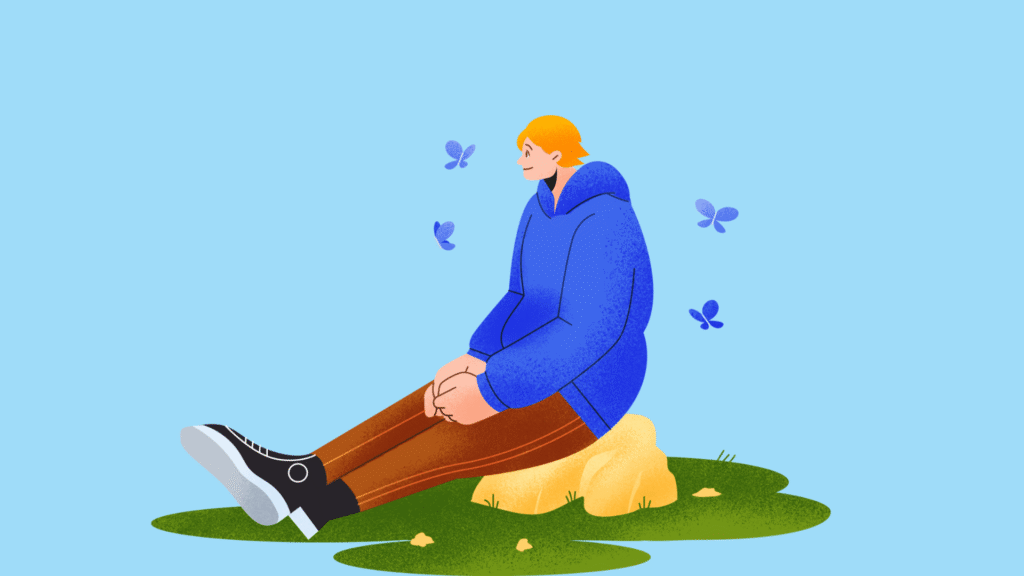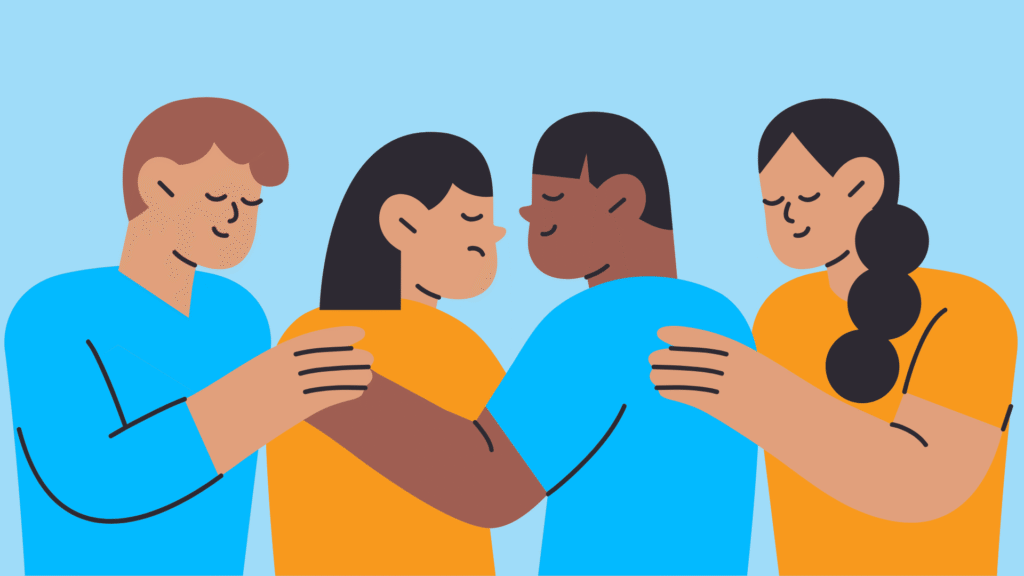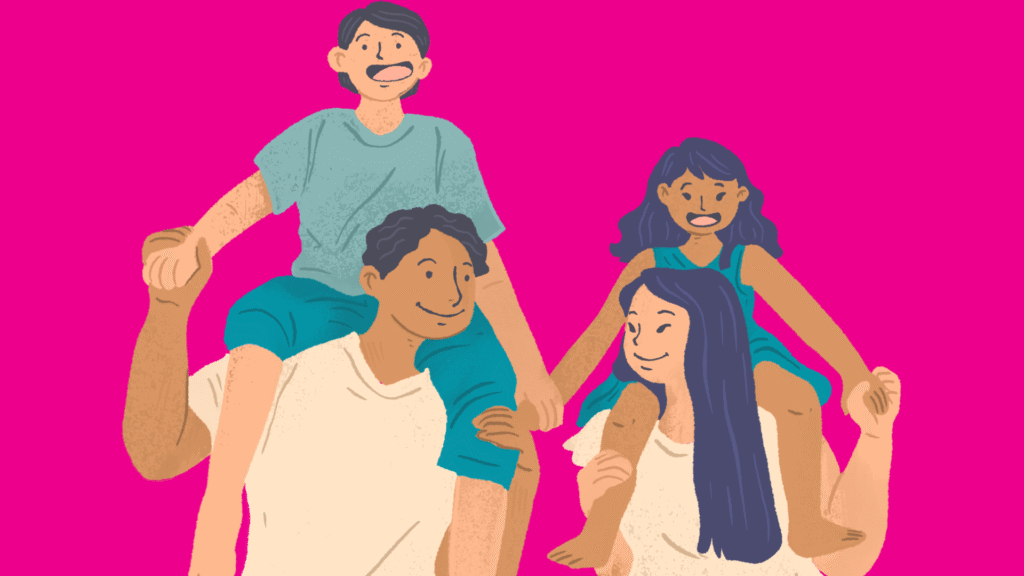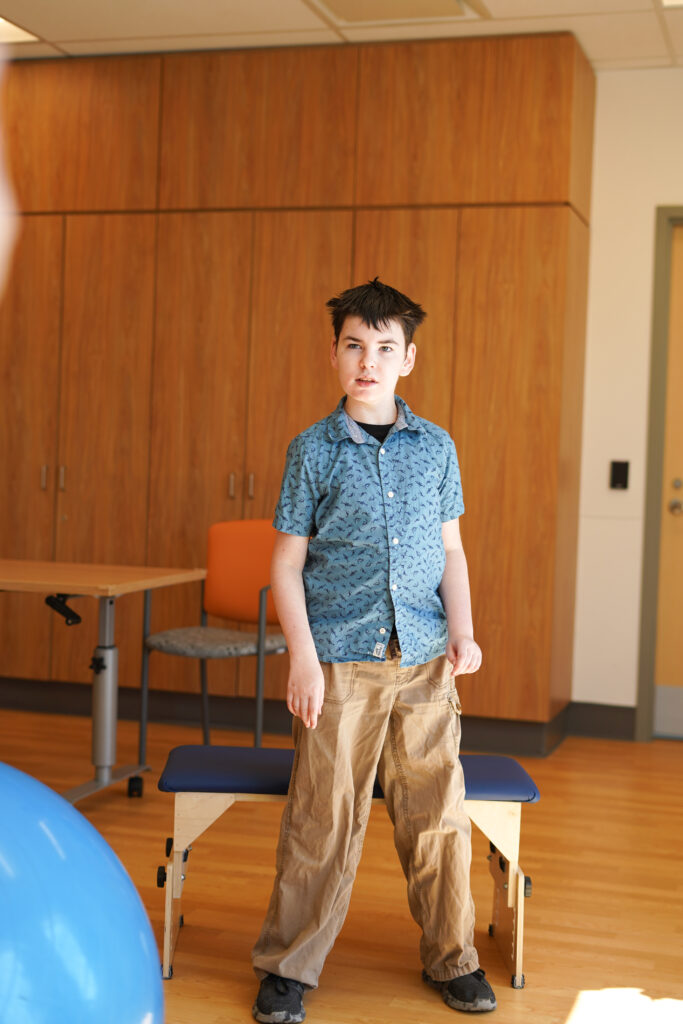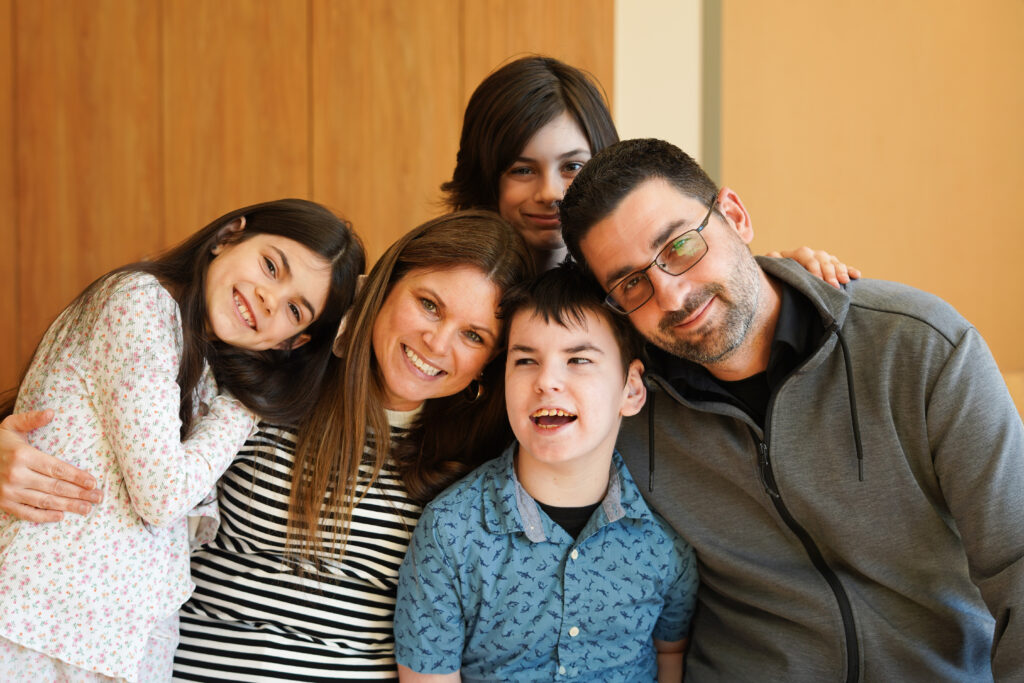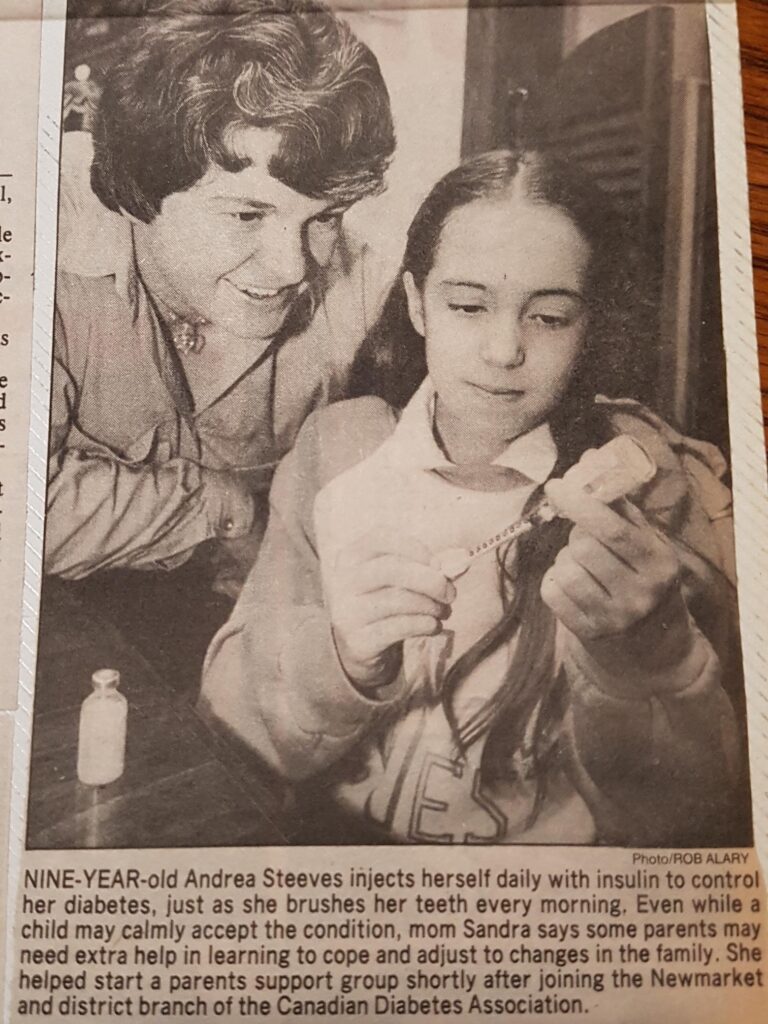Every year, Giving Tuesday reminds us of the power of community when individuals rally together to change lives through compassion and generosity. For families like Amber’s, whose journey with her son Kaysan began with uncertainty and evolved into one of hope and empowerment, Giving Tuesday is more than a date on the calendar. It is a celebration of the life-changing work done by organizations like Grandview Kids and a reminder of why giving truly makes an impact.
Amber and her husband, Zain, are parents to three teenage boys, two of whom have autism spectrum disorder (ASD) and one with attention deficit hyperactivity disorder (ADHD). Their home is filled with boisterous laughter, high energy and a shared love for Toronto sports teams. Every day is a new comedic adventure, making the little moments memorable and enjoyable. Their eldest son, Kaysan, especially loves food adventures, trampoline parks and family pancake mornings. When Kaysan was diagnosed with ASD shortly after his second birthday, life took a turn that Amber describes as both challenging and transformative.
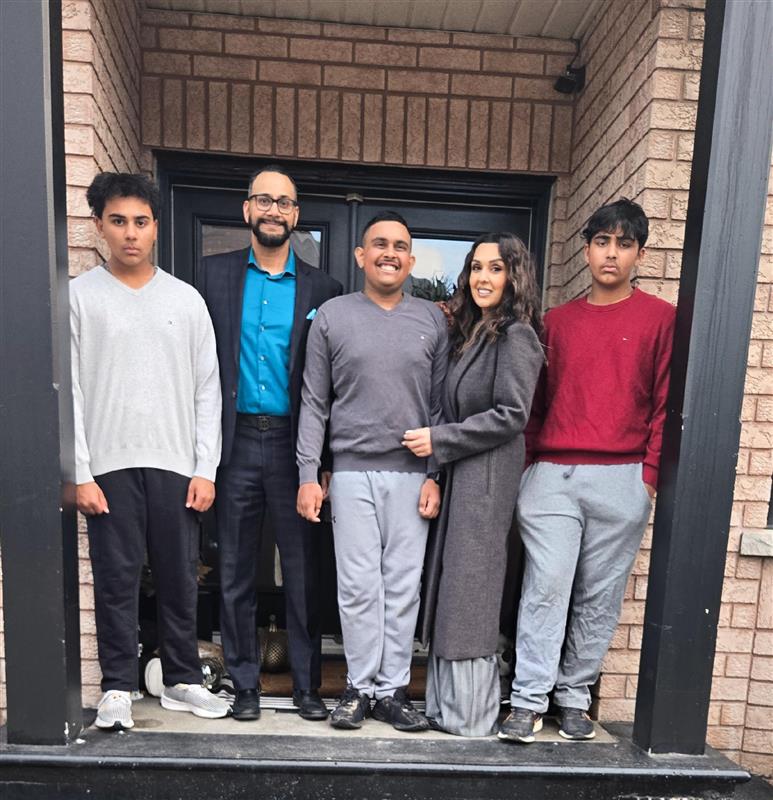
Kaysan’s early signs and symptoms included speech delay, limited eye contact, not playing or interacting with other kids, toe walking and not always responding to his name. What were the classic early signs of autism were the first signs that made Amber and Zain realize something may be different and that he would need extra support.
“In the early years, instead of experiencing the joy and ease of parenthood, it often felt like we were living under a cloud of constant anxiety and pressure,” Amber recalls. “We were always searching for the right supports, planning everything far in advance, and preparing an exit. Strategies for even the simplest outings in case a meltdown happened. Going to birthday parties or family gatherings wasn’t carefree, I often had to take the kids on my own when my husband was working, I couldn’t even enjoy being there. My attention was always split between managing their needs and trying to hold myself together.”

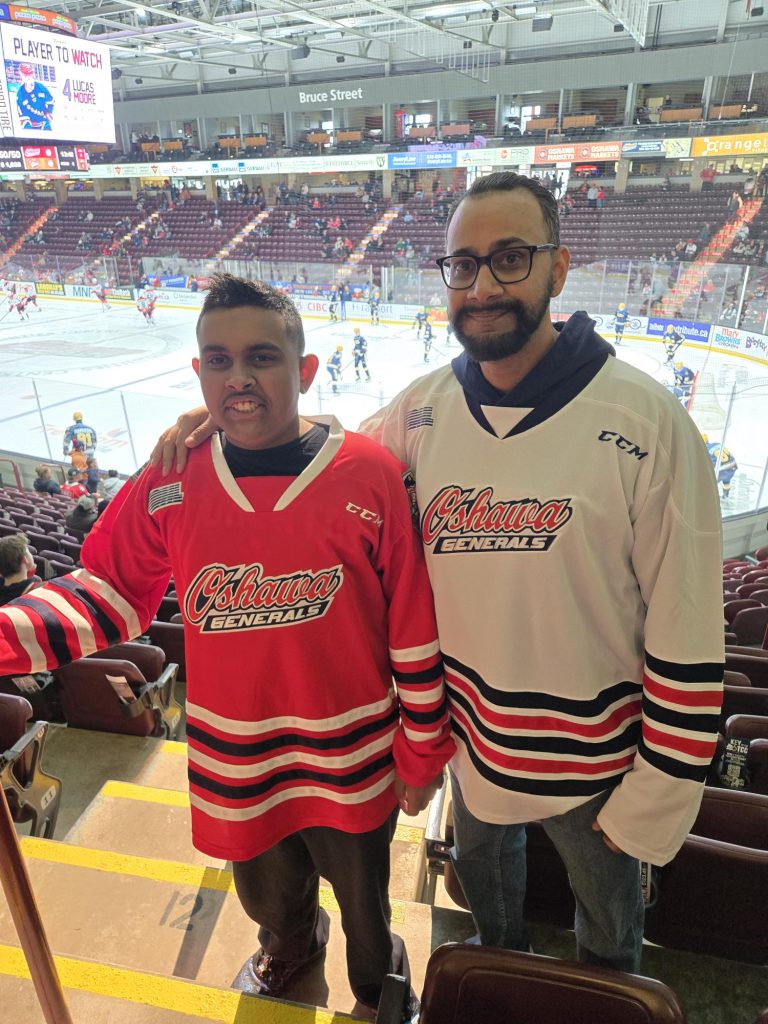
For a time, their family’s world felt isolating. Friends and extended family did not always understand what daily life with an ASD diagnosis was like. While others seemed to move through parenthood with ease, they were just trying to make it through the day without falling apart.
The turning point came when their paediatrician connected them with Grandview Kids, a place that would become a cornerstone in their family’s journey. Through Grandview Kids, Kaysan began receiving speech therapy, occupational therapy and Applied Behaviour Analysis (ABA) services. Amber and Zain were able to attend a past program called “More Than Words,” which taught them how to build stronger, more meaningful communication with Kaysan. “That course was an incredible experience,” Amber shares. “It truly helped us understand how to better connect and communicate with Kaysan.”
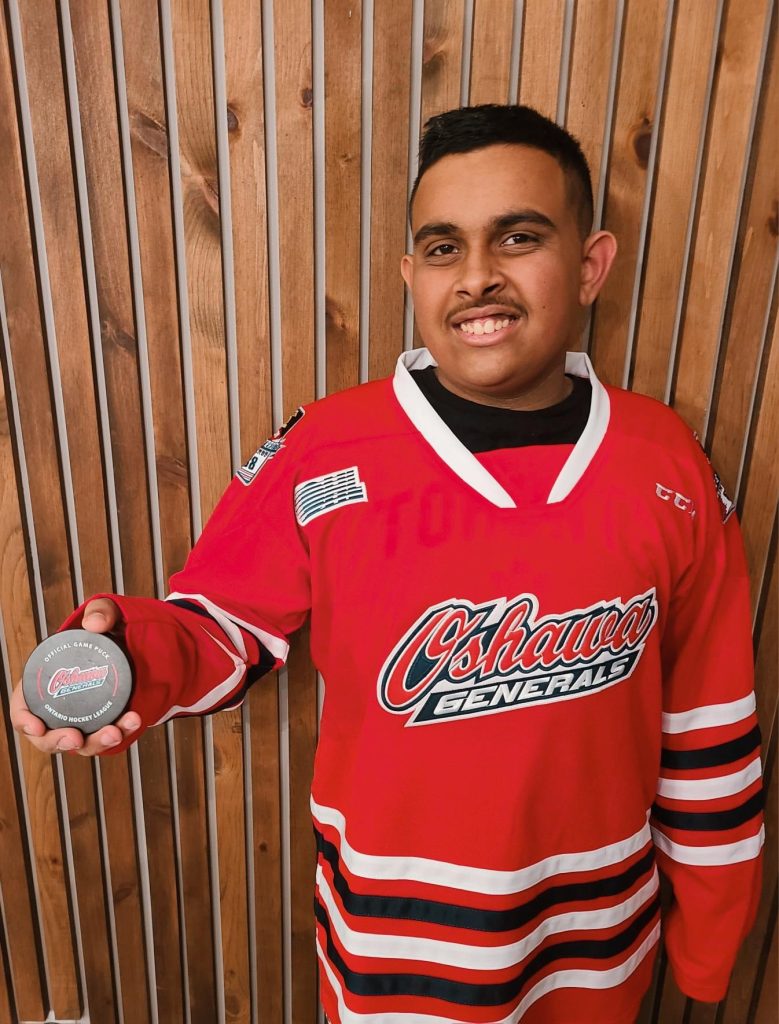
At Grandview Kids, Kaysan found a safe space where he could be himself, free from judgment, surrounded by therapists and staff who saw his potential. His speech improved, his confidence grew and his family began to feel that elusive sense of belonging they had been missing. Amber shares how they also attended every community event for families with children with ASD and other diagnoses they could, finding comfort and belonging among families who understood their journey.
Since first connecting with Grandview Kids in 2012, Amber’s family has become a powerful force for advocacy and support. Amber joined the Family Advisory Council (FAC) in 2017, helping ensure that the voices of families were heard in every decision made at Grandview Kids. She spearheaded multiple Run Ajax teams that raised thousands of dollars for Grandview Kids. Within the community, she also helped organize toy drives through the Muslim Moms of Durham.
One of Amber’s proudest achievements was serving alongside the Family Engagement Committee in 2014 as a founding member of the Parent Task Force, contributing to the successful advocacy for funding Grandview Kids’ new Ajax-based headquarters, The Jerry Coughlan Building. This 10-year-long project came to completion in November 2024 when the doors at Grandview Kids – The Jerry Coughlan Building opened, offering opportunities for service expansion to thousands of children and youth in Durham Region.
“This experience highlighted the power of community-driven efforts, reinforced the importance of amplifying the voices of families navigating similar challenges and strengthened my belief in what families can achieve when we come together,” Amber optimistically shares.
Giving Tuesday is more than a fundraising event; it is an opportunity to invest in the potential of children and youth like Kaysan. Every donation to Grandview Kids supports critical therapies, accessible programs and family resources that make a real difference in the lives of children and youth with physical, communication and developmental needs.
“Grandview has been our village,” Amber reflects. “And there are so many families still waiting for that same support. Giving to Grandview means giving hope—to kids who deserve the chance to reach their full potential, and to parents who need to know they’re not alone.”
